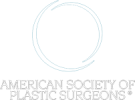 Of the many decisions facing patients for breast augmentation, one of the most important decisions is the of implant type. Saline and silicone are both commonly used materials that can provide satisfying results, but each has various benefits and drawbacks that should be carefully considered.
Of the many decisions facing patients for breast augmentation, one of the most important decisions is the of implant type. Saline and silicone are both commonly used materials that can provide satisfying results, but each has various benefits and drawbacks that should be carefully considered.
We want our patients in and around the Milwaukee area to make the best choices for their bodies and personal treatment goals, in regard to any plastic surgery procedure. To this end, we offer the following information on the pros and cons of using saline implants for breast augmentation.
The Benefits of Saline Implants
Saline is often a safer choice for patients due to its reduced risk of complications. In addition, many patients prefer the ways in which saline implants can be inserted, unlike larger silicone implants. Specifically, the benefits of saline implants include:
- Lower risk of capsular contracture: Capsular contracture is a condition whereby excess scar tissue within the breast constricts around the implant, resulting in pain, tension, and the increased chance of rupture. Although this risk is present in all implants, saline implants tend to have lower rates of capsular contracture.
- Detectable ruptures: If a saline implant ruptures, the effects are noticed almost immediately as the implant will deflate. Silicone ruptures are much more difficult to detect, thus requiring routine MRI scans as a precaution.
- Safer ruptures: Any saline that leaks from a rupture is harmlessly absorbed by the body. When silicone leaks, the gel remains intact and may travel to other parts of the body where it must be surgically removed.
- Smaller incisions: Because saline implants are filled after insertion, they require smaller incisions for the folded implant shell. This results in smaller, less noticeable scars.
- A variety of incision areas: Being able to fill the implants after insertion allows surgeons to utilize additional areas for incisions, including the armpit, belly button, and around the nipple.
- Less expensive: On average, saline implants cost substantially less than comparable silicone implants.
The Drawbacks of Saline Implants
While saline generally provides incentives in practical matters, it also tends to lack the aesthetic advantages of silicone. Possible drawbacks of saline implants include:
- Less natural shape: Some patients’ breasts may gain a more spherical shape through saline implants, giving a less natural appearance. This is particularly prevalent in patients with smaller breasts or those undergoing a significant increase in size.
- Firmer texture: Saline implants, especially those with a high projection, are often more firm than silicone gel and natural breast tissue.
- Higher rate of rippling: Saline is more likely to produce ripples, or skin irregularities, near the sides of the breasts. However, silicone’s risk of rippling is also increased when using a textured implant shell.
As noted, the most common disadvantages of saline implants are purely cosmetic. This may be a major factor in a patient’s decision to opt for silicone vs. saline, but it should also be noted that not every patient’s preferences are the same. Additionally, these visual differences between silicone and saline implants are less pronounced in some patients, such as those with large breasts and ample tissue between the implant and outer wall.
Additional Considerations
Patients should consider their implant type in accordance with the other factors of their breast augmentation. Implant size, for instance, can affect how noticeable the implant is within the breast, while also possibly allowing silicone implants a greater range of incision options. Similarly, an implant’s profile will affect how the breast is filled out and how far it projects from the chest, making the implant’s shape either less or more important. Textured and shaped implants are also a deciding factor, as they are only available through silicone.
Ultimately, the choices inherent in your breast augmentation are dependent upon your cosmetic preferences, your body’s needs, and your doctor’s recommendations. By discussing your concerns ahead of time and coming to an informed decision, you can benefit from a positive overall experience.
Meet with Dr. McCall
Learn more about your breast augmentation options by calling or visiting our office. Schedule your consultation with Dr. McCall to get started on your new and improved look.








